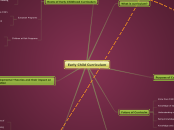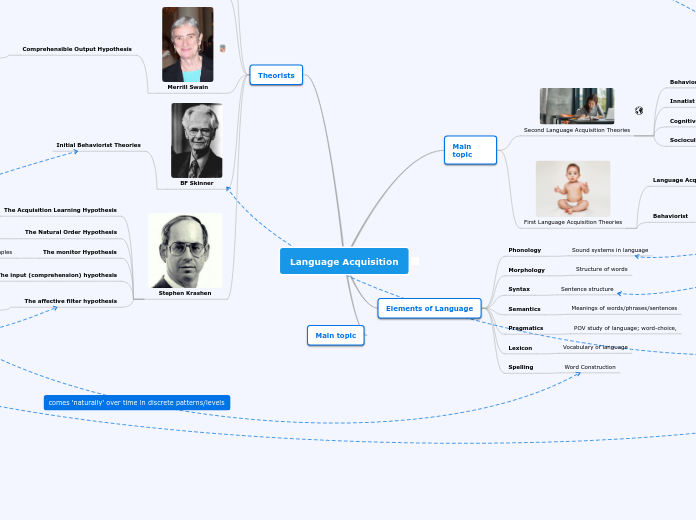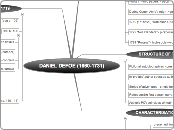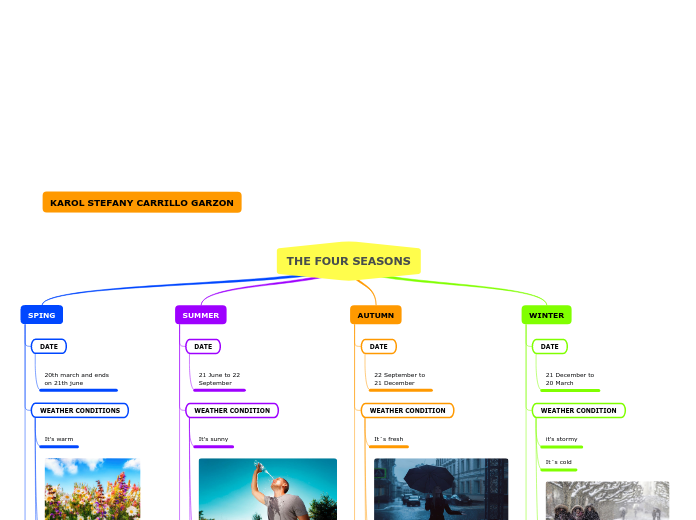по Brittany Trost 10 лет назад
356
Early Child Curriculum
Various educational approaches and theories play significant roles in early childhood education. Teachers and caregivers use a range of methods to foster learning and developmental milestones.









